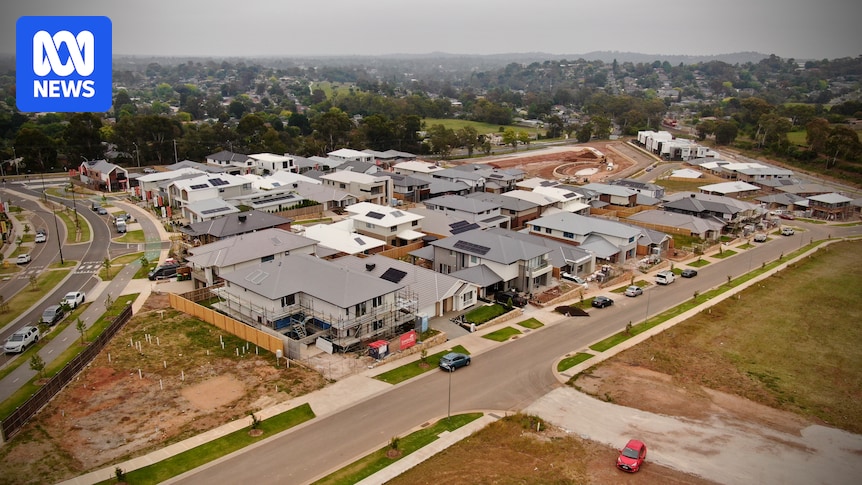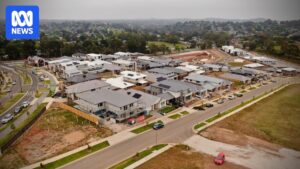
Australia’s construction industry is sounding the alarm over the nation’s sluggish progress towards building 1.2 million homes within five years. Industry leaders emphasize the urgent need to address planning constraints and invest in skilled labor to meet these ambitious targets.
According to analysis by Master Builders Australia, the time required to build a new detached house has increased by 35.8% compared to a decade ago. The Australian Bureau of Statistics (ABS) data further reveals that construction timelines for apartments and townhouses have surged by 54.1% and 27.6% respectively since the 2014-15 period.
Current Trends in Construction Timelines
Despite these challenges, there is a glimmer of hope. For the first time since the pandemic, the average duration from approval to completion for building a house has decreased to 11-and-a-half months in 2024-25, down from nearly 13 months the previous year. This improvement is attributed to the clearing of backlogs caused by the pandemic.
Housing Industry Association senior economist Maurice Tapang noted that many builders, particularly volume builders, have returned to pre-pandemic construction times. “That’s because a lot of the challenges that were persistent during COVID-19 were primarily with labor shortages and the number of people that [could] be on-site at any given time,” he explained.
Challenges and Innovations in the Industry
Monash University associate professor Duncan Maxwell, director of the university’s future building initiative, acknowledged the reduction in construction times as a positive sign. However, he cautioned against complacency, stating that “pursuing business as usual” would not yield significant or long-term improvements.
“I think the industry needs to find innovative ways of delivering houses,” Dr. Maxwell said. “We should be finding new ways of fast-tracking approvals for key development areas, but also digitalising some of those services and the regulatory layers that exist in the industry.”
Calls for Skilled Labor Investment
The National Housing Accord, established in 2023, set a target to build 1.2 million homes between 2024 and 2029. However, according to the latest ABS data, Australia fell short of its first-year goal to construct 240,000 new homes, missing the mark by 60,971.
The MBA forecast that the industry would need 130,000 additional workers to meet the Housing Accord’s targets.
Denita Wawn, chief executive of Master Builders Australia, highlighted the pressing need for skilled workers. “The capacity to turn back to pre-COVID days is totally up to governments now in terms of assisting the industry in resolving its skills problem,” she stated.
Implications for the Future
Brisbane-based builder Rodney Frampton expressed concern over the declining availability of tradespeople, describing it as a “dying skill set.” He emphasized the importance of investing in apprenticeships and training programs for plumbers, electricians, tilers, and plasterers.
Ms. Wawn echoed these sentiments, urging for improved access to supporting infrastructure such as water and electricity for new housing developments. “Attention also needs to turn to improving access to supporting infrastructure for new housing developments,” she added.
The construction industry’s call for action underscores the need for strategic investment and innovation to overcome current challenges. As Australia strives to meet its housing targets, collaboration between government and industry stakeholders will be crucial in ensuring a sustainable and efficient construction sector.





